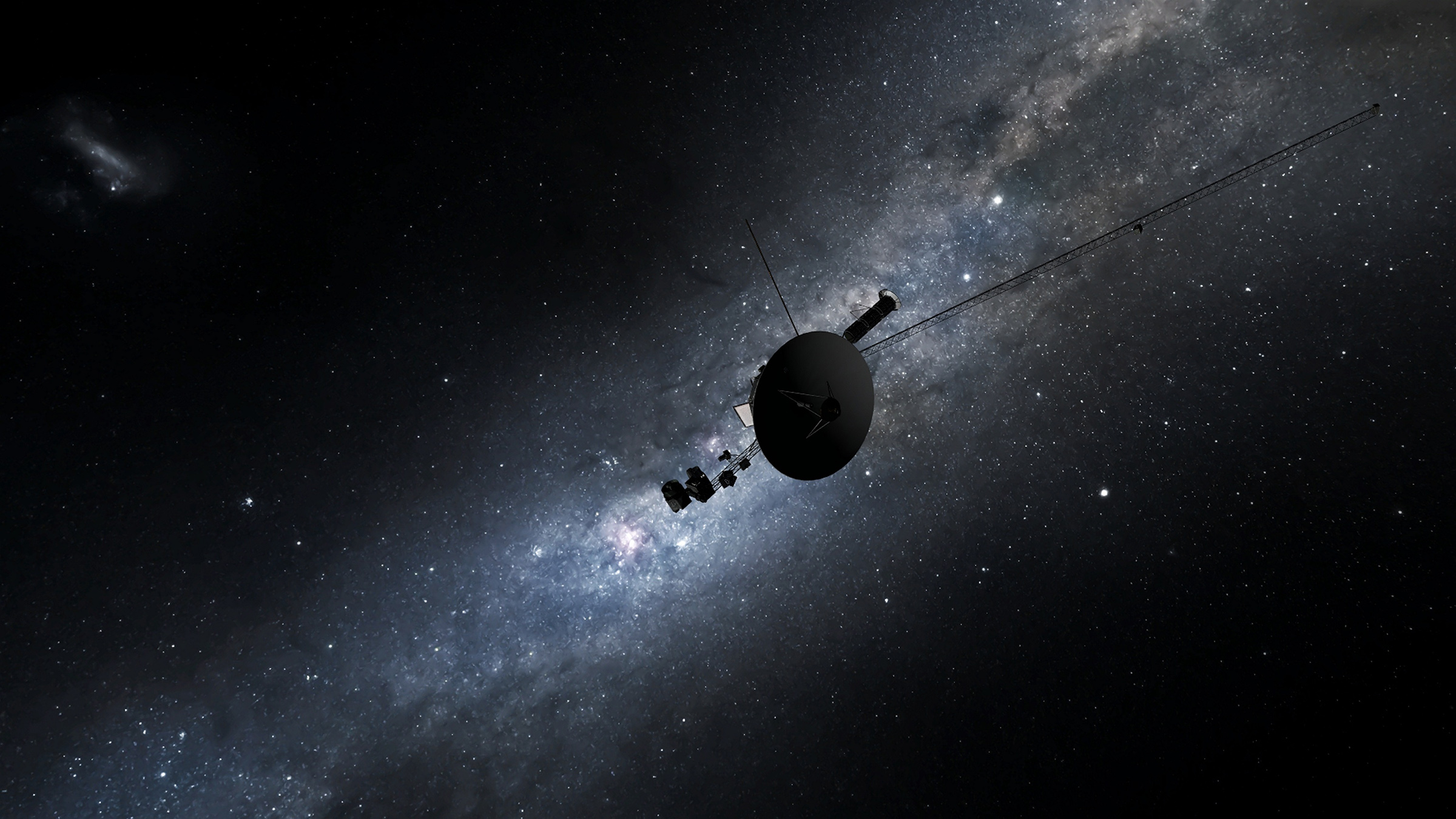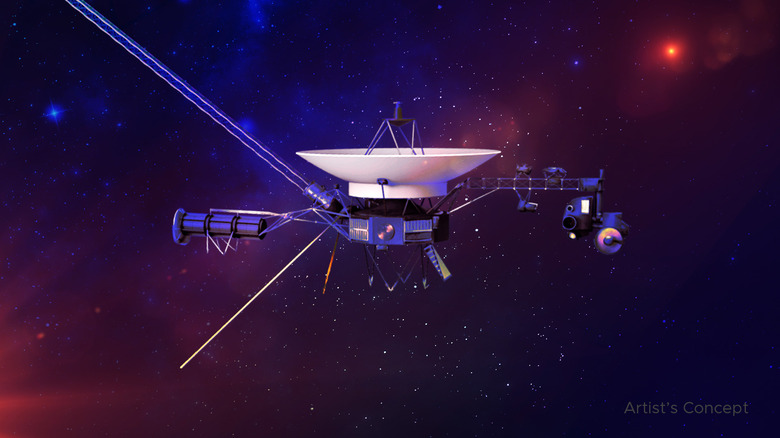NASA Is Now Talking To Voyager 1 With A Radio That Hasn't Been Used Since 1981
NASA can't catch a break when it comes to Voyager 1, apparently. That's because the US space agency has now revealed that the only thing keeping Voyager 1 communications running at the moment is a radio that hasn't been used since 1981.
If that sounds like a bit of a nightmare, well, you aren't wrong. But, it also isn't the first stop that NASA has had to make on the nightmare train that has been its attempts to keep Voyager 1 working as optimally as possible over the past year.
In fact, this is just the latest in several Voyager 1 communications hiccups. The last hiccup began to show its ugly head in December 2023, when NASA revealed that Voyager 1 was sending back garbled data in its daily communications. That issue persisted for months, with some even believing that Voyager 1 was lost to us as far back as February.
Thankfully, in June, NASA restored Voyager 1's science data output to an understandable level. Now, though, the probe has run into another wall as it somehow turned off its primary radio transmitter, leaving NASA with nothing but a radio transmitter that has sat unused since 1981 to contact the probe through.

NASA first noticed the issue on October 16, when the Voyager 1 team sent out a command through NASA's Deep Space Network (DSN), which should have beamed instructions to Voyager 1's heaters. However, Voyager 1 never sent back communication or engineering data to showcase how it responded to the command.
This left the team scrambling to figure out what happened. One of the biggest hurdles in solving issues that pop up with Voyager 1 is the fact that the probe is located nearly 15 billion miles away from Earth right now, with that distance growing steadily each day. This means it takes roughly 23 hours for every communication sent to Voyager 1 to reach it and another 23 hours for the response to reach Earth.
Luckily, the Voyager 1 team was able to get a response using the secondary radio transmitter, an S-band, which transmits with a much weaker signal than the X-band transmitter, which the probe usually relies on. Unfortunately, what the Voyager 1 team learned through this secondary communication method was a bit concerning.
For some reason, the command sent to Voyager 1 triggered its fault protection system. This system puts the probe in a lower power state, which also changed the X-band signal to something NASA's DSN wasn't listening for.
The team found the new signal on October 19 but then lost it again when communication with Voyager 1 stopped once more. Luckily, they were able to tune into the S-band radio transmitter, though they weren't sure just how strong it would be since the probe was much further away than it was the last time it was used 43 years ago.
Now, all we can do is wait to see if this issue persists or if the Voyager 1 team is able to get it sorted rather quickly. One thing is for sure, though: Voyager 1 and Voyager 2 are both slowly dying, instrument by instrument, and each new issue that crops up has every potential to be their last.
